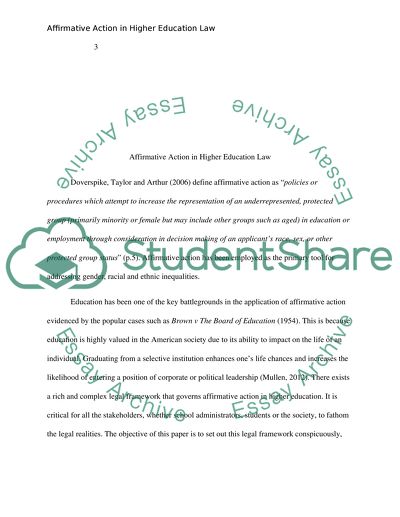Cite this document
(“Law in Higher Education (Affirmative Action in Higher Education) Research Paper”, n.d.)
Retrieved from https://studentshare.org/education/1493863-law-in-higher-education-affirmative-action-in
Retrieved from https://studentshare.org/education/1493863-law-in-higher-education-affirmative-action-in
(Law in Higher Education (Affirmative Action in Higher Education) Research Paper)
https://studentshare.org/education/1493863-law-in-higher-education-affirmative-action-in.
https://studentshare.org/education/1493863-law-in-higher-education-affirmative-action-in.
“Law in Higher Education (Affirmative Action in Higher Education) Research Paper”, n.d. https://studentshare.org/education/1493863-law-in-higher-education-affirmative-action-in.


